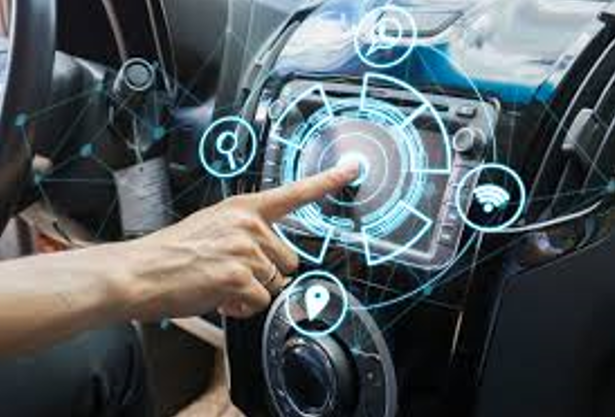It is claimed that it took roughly 50 years for 60% of households living within the United States to adopt electricity. However, mainstream cellphone adoption only took ten years. However, self-driving cars might be adopted even much faster. Some ride-hailing services such as Lyft and Uber are slowly joining this bandwagon. The article, therefore, explores the main industries that would be transformed with self-driving technology.
As expected, car ownership will naturally decline and even die off. Transportation will thus be transformed into an on-demand server. Furthermore, the conglomeration of driverless cars with electric vehicles and the entire transportation industry is about to be disrupted in a manner never seen before.
The competition between ride-hailing or sharing services is converging with both technology companies and traditional vehicle companies. They are in a tough race to gain the upper hand on transportation as a service. The following are some of the industries that will undergo a total transformation as a result of driverless vehicles.
The Travel Industry
With autonomous vehicles, recreational travel will become even more appealing as car travel will be safer and more convenient compared to rail and air travel. The hotel industry might also experience a significant disruption since some people might opt to eat and sleep within these autonomous vehicles.
Entertainment and Media
The increasing access to internet connectivity and even the advent of 5G data networks- projected to be almost 100x faster than 4G- shall enable automatic vehicles to become a popular platform for passengers and drivers to consume larger amounts of multimedia content. Integrating screen technology with smart glass means that vehicles might become a new avenue for consuming virtual reality, visual media, online gaming, as well as augmented reality. Teach companies and advertisers will also get a great opportunity to offer travelers location-based marketing and advertising.
Remote and Mobile Work
With the ever reducing prices of clean, renewable energy, electric AVs will become like mobile offices complete with customizations that enhance life-work arrangements. Digital nomads, e.g., a freelance motivational letter writer, will greatly benefit from this.
Public Transport
On-demand vehicles have the potential to reduce automobile traffic by up to 90%. The rapidly declining cost of mass transit in addition to mobile 5G technology means that public transport could become obsolete. Instead, app-based transportation companies might usher in a new era of large electric automated vehicle networks. The feature might consist of peer-to-peer multimodal networks that create a link between public transit to ridesharing effectively eliminating the need to own a car to leverage on the connectivity of the internet.
Clean Energy
Almost 14 percent of total global emissions of CO2 is as a result of transportation. As electric cars stimulate development for efficient battery technology, they shall be able to store energy and even feed it back to the grid. Even though the rising number of self-driving vehicles are consuming more energy, electric vehicles will also act as alternative energy sources. This can potentially satisfy daily electrical demands and even store green energy in the form of grid nodes.
The Construction Industry
Automated vehicles are already a reality in numerous controlled environments. These include farming, mining, and construction. There are driverless trucks that are now being utilized to move ores within mines in Australia. There is also a consortium of a Japanese and a Canadian energy firm to create automated trucks. This will have an impact on all construction equipment such as bulldozers, tractors, cranes, and even dump trucks.
The Military
One major merit of automated vehicles is the ability to exclude humans from potentially risky circumstances and tasks. The united states, for instance, is determined to manufacture uncrewed military vehicles that can deliver fuel food and supplies in conflict areas. Research is also being conducted on the creation of automated vehicles that can extinguish the fire within a ship. Moreover, drones have been used in wars for decades.
Delivery of Goods
The world’s population is increasingly becoming urbanized. It is estimated that by around 2050, 70% of the global population will be living in cities. Therefore, therefore, retailers and transporters shall be on high demand. People will need food from restaurants, they will need mail services, pharmaceutical drugs, groceries, childcare, etc. though automated vehicles, goods can be delivered using drones or even Automated electric vehicles.
Even though automation will make life more convenient, there are some areas whereby it might spell doom. For instance, different nations might begin an arms race for automated war machinery capable of immense destruction. Humans will also need alternative occupations to keep busy and live meaningful lives.

Leave a Reply